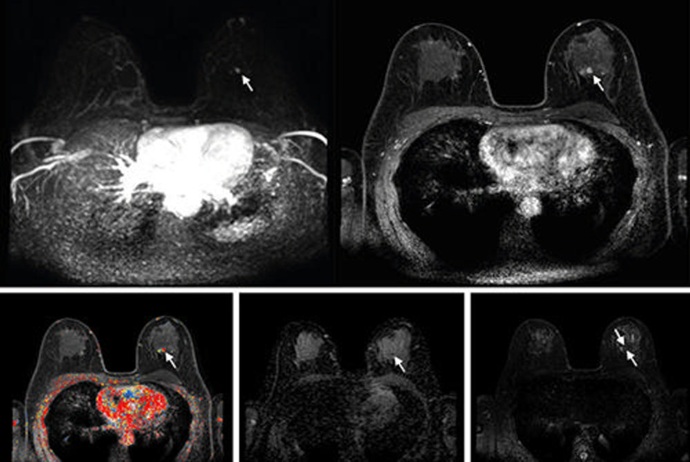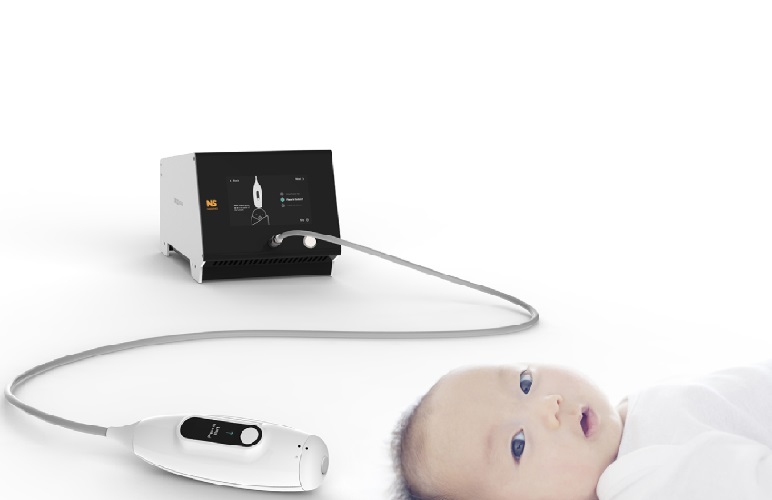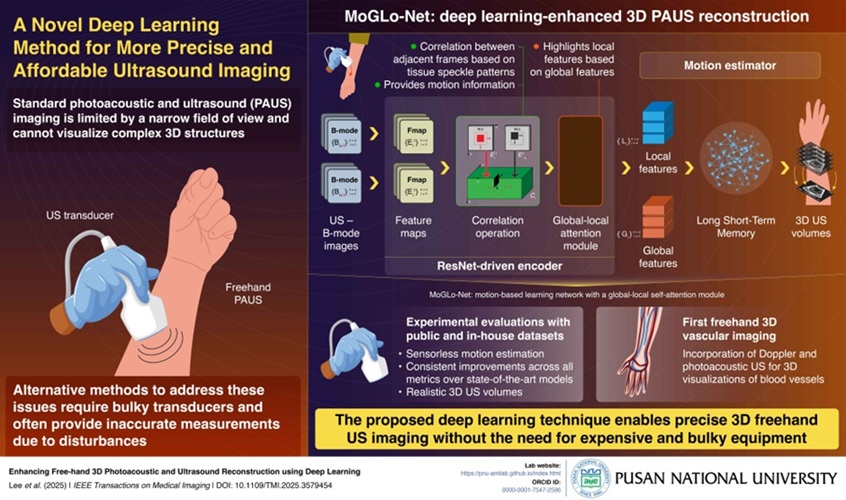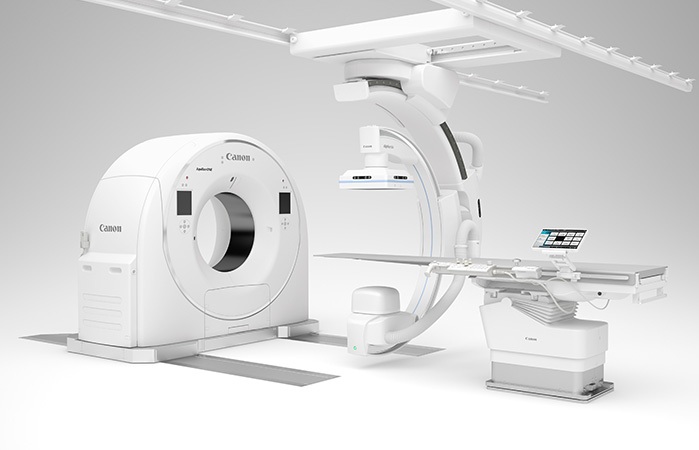AI Tools Increase Low-Dose CT Lung Nodule Specificity
|
By MedImaging International staff writers Posted on 02 Feb 2021 |

Image: AI identification of lung nodule matches or bests that of trained radiologists (Photo courtesy of iStock)
Combining artificial intelligence (AI) and lung imaging reporting and data system (Lung-RADS) scores can increase CT scan specificity without reducing sensitivity, according to a new study.
Researchers at the University of Saskatchewan (Saskatoon, Canada) conducted a study that performed secondary analysis of a known data set using an AI model developed by Google in 2019, and Lung-RADS classifications from six radiologists. They then compared them to assess a representative cohort of 3,197 baseline low-dose CT screening patients. To ensure the AI algorithm matched the 91% sensitivity level achieved by the providers, the researchers determined a 0.27 AI risk-score threshold, based on a 0-to-1 scale.
The results showed that the AI-informed management strategy achieved sensitivity and specificity of 91% and 96%, respectively, while the average sensitivity and specificity of the six radiologists using only Lung-RADS was 91% and 61%, respectively. Based on the AI management strategy, 0.2% of category 1 or 2 Lung-RADS classifications were upgraded to category 3, and 30% of category 3 or higher classifications were downgraded to category 2. The minimum net cost savings, based on 2019 U.S. Medicare physician fee schedule, was USD 72 per patient screened. The study was published on January 19, 2021, in Journal of the American College of Radiology.
“Using an AI risk score combined with Lung-RADS at baseline lung cancer screening may result in fewer follow-up investigations and substantial cost savings. Specificity could rise by more than fifty percent,” concluded lead author Scott Adams, MD, and colleagues. “Additional research for other AI thresholds could also beneficial, especially for Lung-RADS category 4 nodules. Ultimately, additional investigations could lead to AI algorithms being used in a similar way to what has been suggested for screening mammography.”
Lung-RADS is a quality assurance tool designed to standardize lung cancer screening CT reporting and management recommendations, reduce confusion in lung cancer screening CT interpretations, and facilitate outcome monitoring. It is modeled on the success of the Breast Imaging Reporting and Data System (BI-RADS), with the primary goal of minimizing variation in the management of CT-detected lung nodules so that screening can be implemented effectively in radiology practices.
Related Links:
University of Saskatchewan
Researchers at the University of Saskatchewan (Saskatoon, Canada) conducted a study that performed secondary analysis of a known data set using an AI model developed by Google in 2019, and Lung-RADS classifications from six radiologists. They then compared them to assess a representative cohort of 3,197 baseline low-dose CT screening patients. To ensure the AI algorithm matched the 91% sensitivity level achieved by the providers, the researchers determined a 0.27 AI risk-score threshold, based on a 0-to-1 scale.
The results showed that the AI-informed management strategy achieved sensitivity and specificity of 91% and 96%, respectively, while the average sensitivity and specificity of the six radiologists using only Lung-RADS was 91% and 61%, respectively. Based on the AI management strategy, 0.2% of category 1 or 2 Lung-RADS classifications were upgraded to category 3, and 30% of category 3 or higher classifications were downgraded to category 2. The minimum net cost savings, based on 2019 U.S. Medicare physician fee schedule, was USD 72 per patient screened. The study was published on January 19, 2021, in Journal of the American College of Radiology.
“Using an AI risk score combined with Lung-RADS at baseline lung cancer screening may result in fewer follow-up investigations and substantial cost savings. Specificity could rise by more than fifty percent,” concluded lead author Scott Adams, MD, and colleagues. “Additional research for other AI thresholds could also beneficial, especially for Lung-RADS category 4 nodules. Ultimately, additional investigations could lead to AI algorithms being used in a similar way to what has been suggested for screening mammography.”
Lung-RADS is a quality assurance tool designed to standardize lung cancer screening CT reporting and management recommendations, reduce confusion in lung cancer screening CT interpretations, and facilitate outcome monitoring. It is modeled on the success of the Breast Imaging Reporting and Data System (BI-RADS), with the primary goal of minimizing variation in the management of CT-detected lung nodules so that screening can be implemented effectively in radiology practices.
Related Links:
University of Saskatchewan
Latest Radiography News
- AI Generates Future Knee X-Rays to Predict Osteoarthritis Progression Risk
- AI Algorithm Uses Mammograms to Accurately Predict Cardiovascular Risk in Women
- AI Hybrid Strategy Improves Mammogram Interpretation
- AI Technology Predicts Personalized Five-Year Risk of Developing Breast Cancer
- RSNA AI Challenge Models Can Independently Interpret Mammograms
- New Technique Combines X-Ray Imaging and Radar for Safer Cancer Diagnosis
- New AI Tool Helps Doctors Read Chest X‑Rays Better
- Wearable X-Ray Imaging Detecting Fabric to Provide On-The-Go Diagnostic Scanning
- AI Helps Radiologists Spot More Lesions in Mammograms
- AI Detects Fatty Liver Disease from Chest X-Rays
- AI Detects Hidden Heart Disease in Existing CT Chest Scans
- Ultra-Lightweight AI Model Runs Without GPU to Break Barriers in Lung Cancer Diagnosis
- AI Radiology Tool Identifies Life-Threatening Conditions in Milliseconds

- Machine Learning Algorithm Identifies Cardiovascular Risk from Routine Bone Density Scans
- AI Improves Early Detection of Interval Breast Cancers
- World's Largest Class Single Crystal Diamond Radiation Detector Opens New Possibilities for Diagnostic Imaging
Channels
MRI
view channel
AI-Assisted Model Enhances MRI Heart Scans
A cardiac MRI can reveal critical information about the heart’s function and any abnormalities, but traditional scans take 30 to 90 minutes and often suffer from poor image quality due to patient movement.... Read more
AI Model Outperforms Doctors at Identifying Patients Most At-Risk of Cardiac Arrest
Hypertrophic cardiomyopathy is one of the most common inherited heart conditions and a leading cause of sudden cardiac death in young individuals and athletes. While many patients live normal lives, some... Read moreUltrasound
view channel
Ultrasound Probe Images Entire Organ in 4D
Disorders of blood microcirculation can have devastating effects, contributing to heart failure, kidney failure, and chronic diseases. However, existing imaging technologies cannot visualize the full network... Read more
Disposable Ultrasound Patch Performs Better Than Existing Devices
Wearable ultrasound devices are widely used in diagnostics, rehabilitation monitoring, and telemedicine, yet most existing models rely on lead-based piezoelectric ceramics that pose health and environmental risks.... Read moreNuclear Medicine
view channel
New Imaging Solution Improves Survival for Patients with Recurring Prostate Cancer
Detecting recurrent prostate cancer remains one of the most difficult challenges in oncology, as standard imaging methods such as bone scans and CT scans often fail to accurately locate small or early-stage tumors.... Read more
PET Tracer Enables Same-Day Imaging of Triple-Negative Breast and Urothelial Cancers
Triple-negative breast cancer (TNBC) and urothelial bladder carcinoma (UBC) are aggressive cancers often diagnosed at advanced stages, leaving limited time for effective treatment decisions.... Read more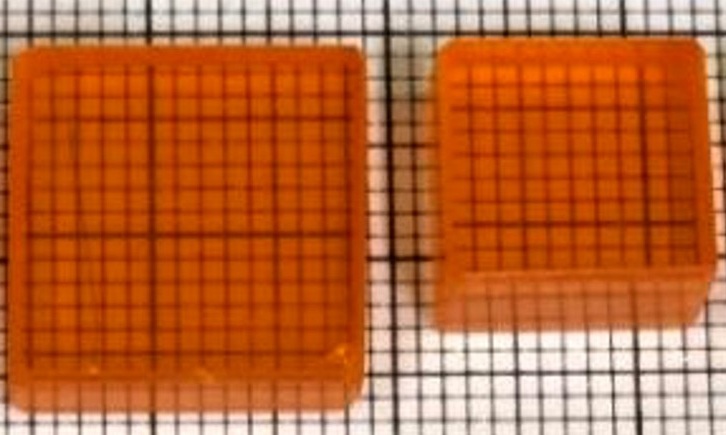
New Camera Sees Inside Human Body for Enhanced Scanning and Diagnosis
Nuclear medicine scans like single-photon emission computed tomography (SPECT) allow doctors to observe heart function, track blood flow, and detect hidden diseases. However, current detectors are either... Read more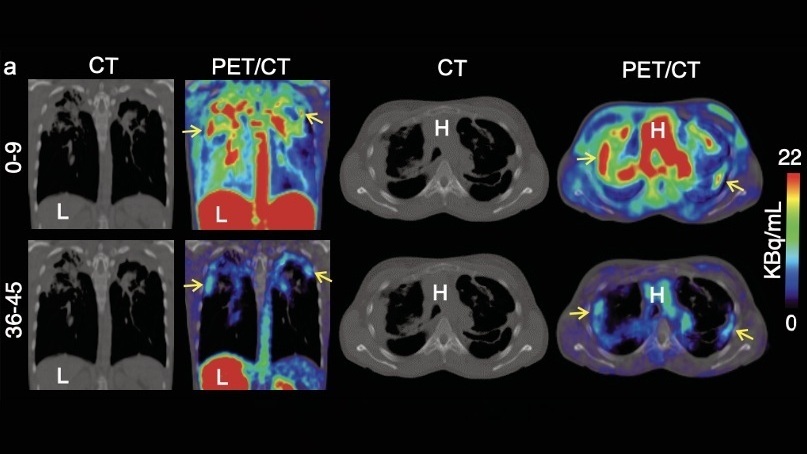
Novel Bacteria-Specific PET Imaging Approach Detects Hard-To-Diagnose Lung Infections
Mycobacteroides abscessus is a rapidly growing mycobacteria that primarily affects immunocompromised patients and those with underlying lung diseases, such as cystic fibrosis or chronic obstructive pulmonary... Read moreGeneral/Advanced Imaging
view channel
New Ultrasmall, Light-Sensitive Nanoparticles Could Serve as Contrast Agents
Medical imaging technologies face ongoing challenges in capturing accurate, detailed views of internal processes, especially in conditions like cancer, where tracking disease development and treatment... Read more
AI Algorithm Accurately Predicts Pancreatic Cancer Metastasis Using Routine CT Images
In pancreatic cancer, detecting whether the disease has spread to other organs is critical for determining whether surgery is appropriate. If metastasis is present, surgery is not recommended, yet current... Read moreImaging IT
view channel
New Google Cloud Medical Imaging Suite Makes Imaging Healthcare Data More Accessible
Medical imaging is a critical tool used to diagnose patients, and there are billions of medical images scanned globally each year. Imaging data accounts for about 90% of all healthcare data1 and, until... Read more
Global AI in Medical Diagnostics Market to Be Driven by Demand for Image Recognition in Radiology
The global artificial intelligence (AI) in medical diagnostics market is expanding with early disease detection being one of its key applications and image recognition becoming a compelling consumer proposition... Read moreIndustry News
view channel
GE HealthCare and NVIDIA Collaboration to Reimagine Diagnostic Imaging
GE HealthCare (Chicago, IL, USA) has entered into a collaboration with NVIDIA (Santa Clara, CA, USA), expanding the existing relationship between the two companies to focus on pioneering innovation in... Read more
Patient-Specific 3D-Printed Phantoms Transform CT Imaging
New research has highlighted how anatomically precise, patient-specific 3D-printed phantoms are proving to be scalable, cost-effective, and efficient tools in the development of new CT scan algorithms... Read more
Siemens and Sectra Collaborate on Enhancing Radiology Workflows
Siemens Healthineers (Forchheim, Germany) and Sectra (Linköping, Sweden) have entered into a collaboration aimed at enhancing radiologists' diagnostic capabilities and, in turn, improving patient care... Read more










 Guided Devices.jpg)


